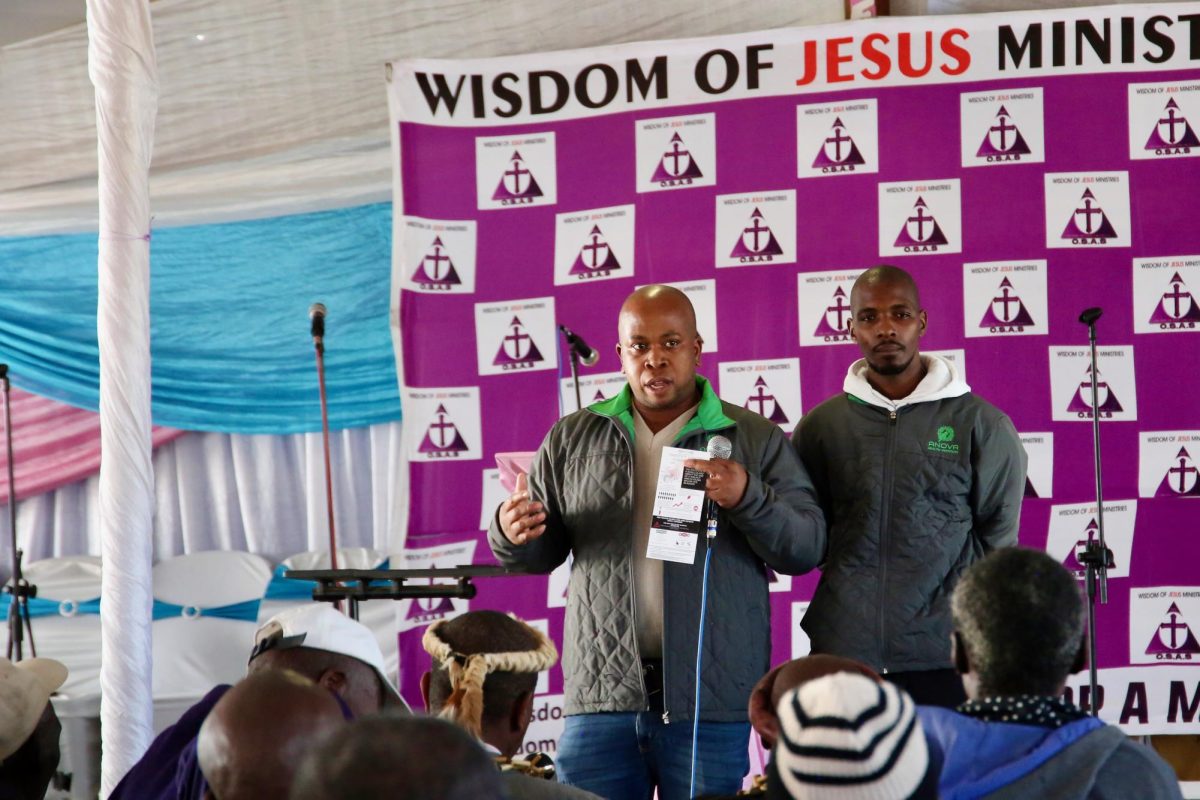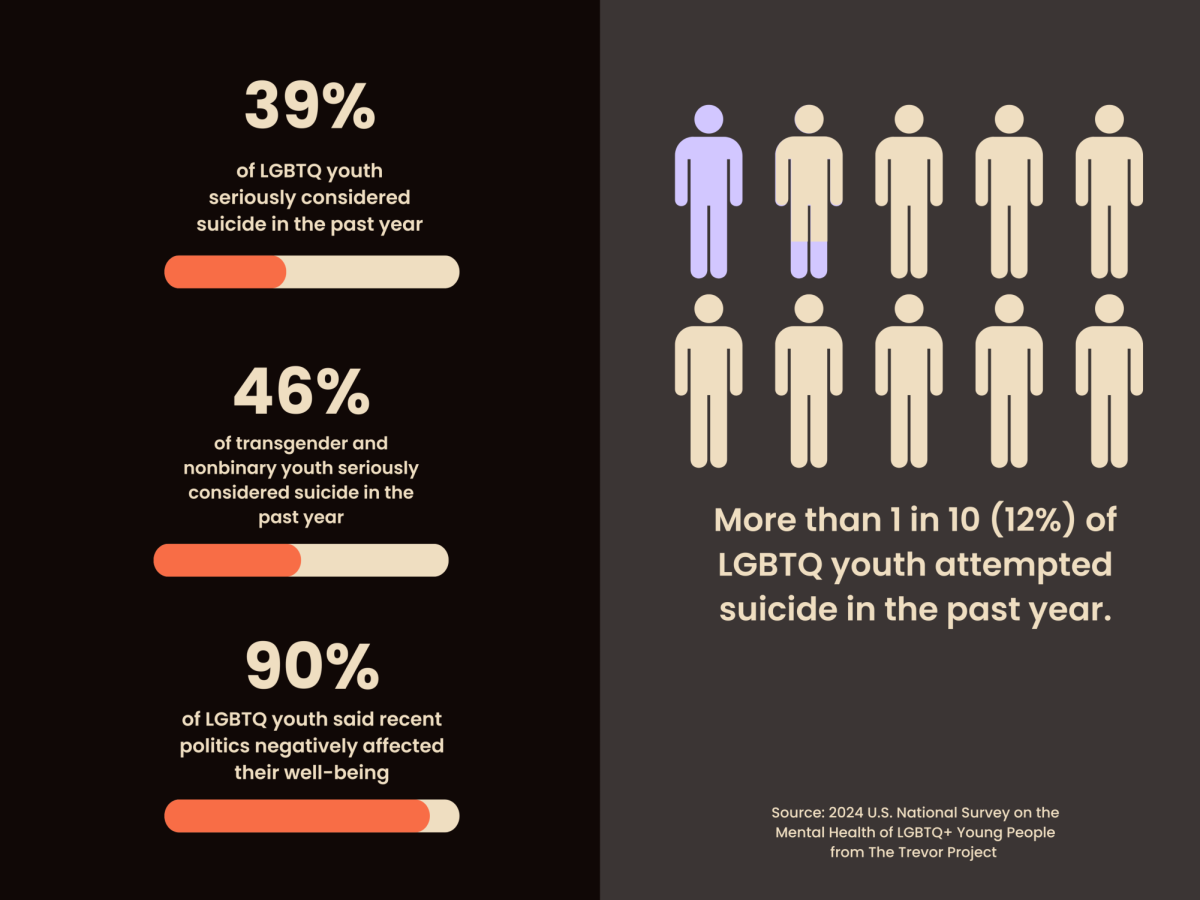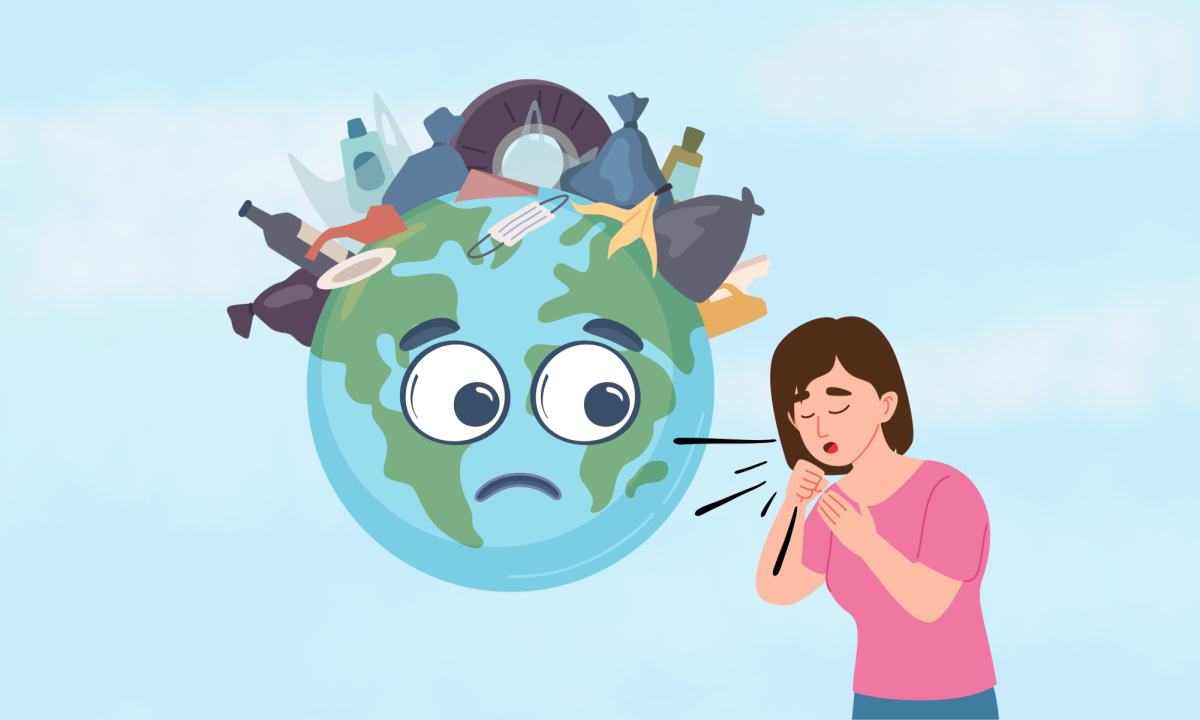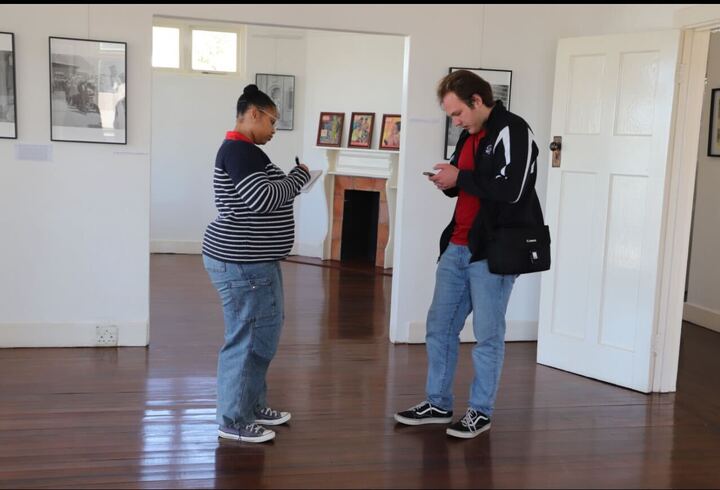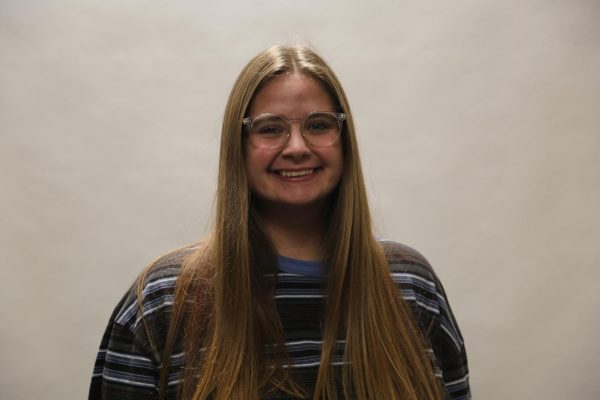Rainbow artwork glued to a red brick wall marks the beginning of a ramp that leads to a large, gray door tucked in a corner and hidden from busy South 16th Street in Center City, Philadelphia.
Behind the door is The Attic Youth Center, a colorful space designed to welcome LGBTQIA+ youth in the Philadelphia area, help them feel comfortable and give them a chance to be around other people their age, according to Jasper Liem, interim executive director.
“Even if they go to a school where there are other LGBTQ youth or students, it’s different to be in a place where you know everyone is part of your community,” Liem said.
The Attic, which serves youth between the ages of 14 and 23, offers counseling, distribution of hygiene products, a food pantry, housing placement, LGBTQ training to outside organizations and businesses, and after school programming, all of which are entirely free.
“We started out on the top floor of an organization called Voyage House, which was the first organization, I believe, in Philadelphia to help homeless young people,” said Ingrid Abrams, housing specialist at The Attic. “We were literally stationed up in their attic. That’s where the inception of the name ‘The Attic’ originated from.”
After a long day of college where homophobia and transphobia are spreading, Brianna Swan, a trans college student who frequents The Attic, said The Attic is where she wants to be.
“I come here for friends,” Swan said. “I come here to talk to my favorite staff people, I come here and do a [support] group, I come here for games, I come here for snacks also.”
During the pandemic, The Attic began to advertise Youth Supplies Distribution Day for LGBTQ youth to come in and take any supplies they needed, such as items from the food pantry, toiletries, period products, hand sanitizer and masks. Although The Attic has offered basic necessities since its opening in 1993, staff recognized the heightened need in the community for these supplies, so they advertised it more, Liem said.
When the lockdown began, supplies were available for pick up Monday, Wednesday and Friday from 3-6 p.m. But now, clients can come in and take supplies whenever The Attic is open. The organization serves between 40 and 50 youth every day they are open, Liem said.
Many LGBTQ youth come to The Attic in search of safe housing, according to Abrams. While the organization does not have any residential facilities, people like Abrams help youth find somewhere to live that is “very LGBTQ accepting,” she said.
“A lot of folks that come in have left home,” Abrams said. “It all centers around nonacceptance by society and their caregivers of their sexuality. So they come into The Attic a lot of times looking for assistance with trying to find safe housing.”
Abrams, who has been involved with The Attic since its opening 30 years ago, said covid-19 has only complicated the process of finding safe housing for LGBTQ youth.
“The work was already extremely hard with all of the systematic and societal barriers that have always existed for folks that aren’t even in the LGBTQ community,” Abrams said. “Housing, education, low income, lack of jobs — that is a common denominator for Black and brown young people. And the bulk of the folks that we serve, if not all, come from that demographic.”
The pandemic has complicated more than just housing. It also has increased mental health challenges, Liem said.
“I think the pandemic has had a really difficult, negative impact not just on us, but everyone’s mental health,” Liem said. “For a lot of LGBT youth, that has meant that they were in lockdown with family or adults or in relationships that were not the most affirming.”
According to the 2022 national survey on LGBTQ mental health conducted by The Trevor Project, only 37% of LGBTQ youth identified their home or school as an LGBTQ-affirming space. And out of the 82% of LGBTQ youth who wanted mental health care, 60% were unable to get it.
Adapting to present-day challenges — both internally and externally — has been a hallmark of the organization since its beginning. But The Attic’s core mission remains: to be a “stomping ground” for youth that provides structure, security and knowledge, said Shimmy Grey, who has been going to The Attic since 2004. In August, Grey began working at The Attic to raise awareness for HIV as coordinator of PhRESH.
“[If] we don’t have these types of spaces, then the outside spaces are set up for self-destruction and failure,” Grey said. “If we’re not comfortable and building a safe space here or any LGBT youth center in Philadelphia, and we don’t start small, we won’t survive big. And outside is bigger than inside, bigger than the building itself. And we can’t control them once they go outside. And once they step out into the big world, at least they was prepared.”
Madelyn Morrison, director of the Bryson Institute at The Attic, which offers training that teaches affirming practices for working with members of the LGBTQ community, said her journey with The Attic began when she was just 14. The Attic was a place where she could go that gave her purpose and “reignited a voice” that pushed her toward this work.
“I wanted to become a force, a warrior in the city to fight against those things [queer and trans issues],” Morrison said. “This is important to me because I am becoming what I needed when I was young. I have to do that, not only for the inner child that still lives in me, but for the many different generations that have come after me who really needed that support. And I’m grateful that I was able to give back to them, to pour love into these communities and these generations.”



